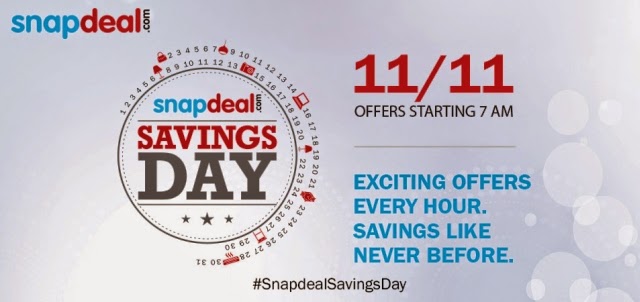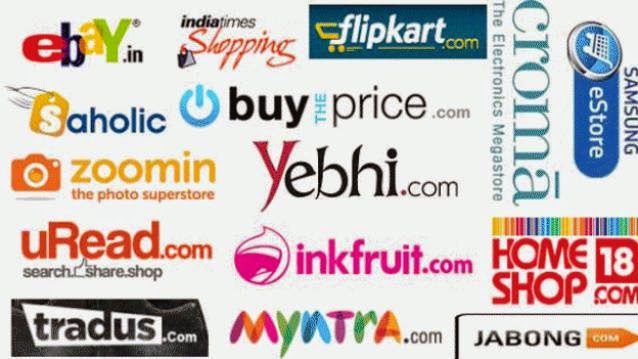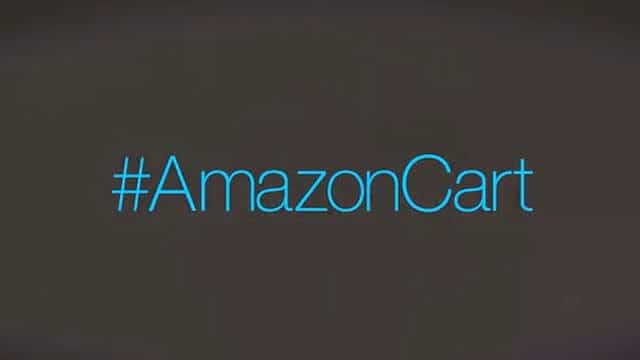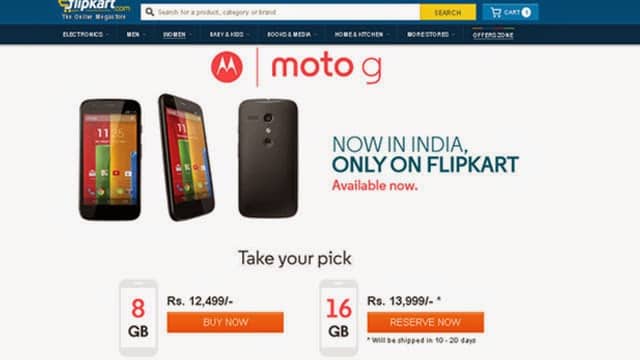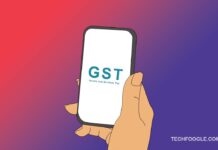2014 can be called the year when e-tailing truly went mainstream. E-tailers such as Flipkart, Snapdeal and Amazon have been around for some years now, but this year they became part of the news cycle in ways that most people would not even have imagined. Be it funding rounds, exclusive sales and other announcements, you could not escape online retail. Large format retail stores as well as offline retailers
have already started feeling the heat from e-tailers, as a lot of customers are taken in by the heavy discounts on offer online. Most customers tend to go to offline stores, check the price of a product, then compare it with prices on online retails sites and invariably, in most cases the websites tend to have a lower price. Here are some of the other common trends that emerged this year.
Flush with funds
This was the year that saw a lot of e-tailers indulging in fund-raising. In fact, Flipkart did around three rounds of fund-raising, raising over $1.2 billion this year valuing the company at $11 billion. Snapdeal was also able to raise $620 million, online furniture shop Pepperfry raised $15 million, fashion e-tailer Jabong raised around $100 million and so on. These numbers may look huge, but the excitement amongst venture capitalists seems justfied considering the Indian online retail market is expected to be worth $22 billion by 2018 according to brokerage firm CLSA. Gartner says that Indian e-commerce market will reach $6 billion in 2015 which is a 70 percent jump from 2014 numbers.
Customer is King
E-tail sites went all out this year to woo the Indian customer who wanted to shop online. To that effect a lot of consumer-facing services were released such as eBay’s 9-hour deliveries, Amazon and Flipkart’s same-day delivery, shopping using just a hashtag for instance #AmazonCart and so on. Flipkart also launched the Flipkart First loyalty program, a subscription-based service which would give exclusive access to subscribers as compared to other shoppers on Flipkart.
Exclusive product tie-ups
Exclusive partnerships and tie-ups of brands for certain product lines with online retailers was seen repeatedly this year. Be it the launch of Xiaomi, Motorola, ASUS phones exclusively on Flipkart or the GoQii fitness band on Amazon, not a month passed by in the second half of the year where you did not have newspapers ads screaming out about exclusive product launches. On speaking to some of these phone companies
which had signed up for exclusive online partnerships, one common theme that surfaced was that it made more sense from a distribution perspective. For new players such as Xiaomi, going the online route – where Flipkart already has a pan-India presence, to deliver products – made more sense than setting up offline distribution channels which would take considerably longer time.
Heavy discount sale-days
In a clear move of one-upmanship, a lot of e-tailers started with heavy discount days. Flipkart’s Big Billion Day sale and Snapdeal’s Savings Day sale will be fresh with most online consumers, not just because of the heavy discounts promised, but also the complete disappointment which followed on the actual day of shopping. Imagine logging in at the time a sale starts, just to see the product page showing an ‘Out of Stock’ message. This was a norm on most heavily discounted products. While Flipkart said it made sales of $100 million on the Big Billion day, it looks like a drop in the ocean when compared with the $6.4 billion worth of products sold on Alibaba’s Singles’ Day sale. Clearly, there is a lot of scope for improvement when it comes to heavy-discount sale days. The recently concluded Great Online Shopping Festival (GOSF) sale was relatively better off and Google released a statement saying that it was the most successful editon, as they got over 80 lakh visitors from across the country – which is four times the visitors they had last year. This year saw participation from around 450 partners selling electronic items, fashion wear to even fully furnished houses.

